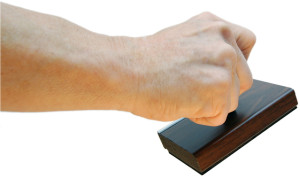The use of a splint has been the treatment for carpal tunnel syndrome. This is a condition that affects the nerves of the wrist and hand which instigates pain, weakness or numbness. A night splint can provide a number of benefits yet it is vital to take care when selecting the right splint and how to use it properly.
Why is nighttime splinting important?
A night splint is an effective treatment in managing the symptoms of carpal tunnel syndrome. It is important to use a splint to bed since there is the tendency to twist the hands unconsciously or make a fist while sleeping. This generates intense internal strain on the wrist which is already trying to heal itself. Remember that any progress made while awake can be reversed while sleeping if proper precautions were not observed.
Function of the splint
When managing carpal tunnel syndrome, allowing the wrist to rest is a main healing tactic and one reason why a splint is essential. Always bear in mind that splinting allows the affected hand to rest and recover by keeping the joint in a neutral, unstrained position. Even with rest, it is also vital to move the joint to promote blood flow, lymphatic drainage and reduce the risk for adhesions. The night splint must be balanced with daily mild stretching, massage and exercises.

What are the types of splints?
Splints are either rigid or soft, but the soft types are readily available. Most types of splints have the same purpose yet available in a wide price range. It is recommended to purchase splints from medical supply stores, pharmacies and even online.
Splint features
Due to the variety of splints available in the market, it is best to select from those that are specifically designed for carpal tunnel syndrome since they accommodate special issues such as ease of applying as well as ensuring that the neutral position is maintained.
The highly versatile splints are made out of flexible fabric that has stiff internal supports. There are some splints that are made entirely of hardened plastic shell and generally costly, cumbersome and hard to adjust and clean.
As for the soft splints, select one that is durable and capable of maintaining the wrist level with the forearm. It should also have a metal plate molded to the palm area that is removable during washing. When managing carpal tunnel syndrome, it is vital to ensure that the splint provides the thumb with enough space to move. In addition, opt for a splint that opens or expands down its length and built with hook-and-loop straps.
How to use the splint properly
Always make sure that the splint is tight but does not limit the flow of blood or cause skin irritation. In case the individual experiences pain while the splint is used, it should be readjusted and make sure that it has the proper size. Before and after using a splint, execute mild stretching exercises of the wrist joint to promote the flow of blood as well as healing.
